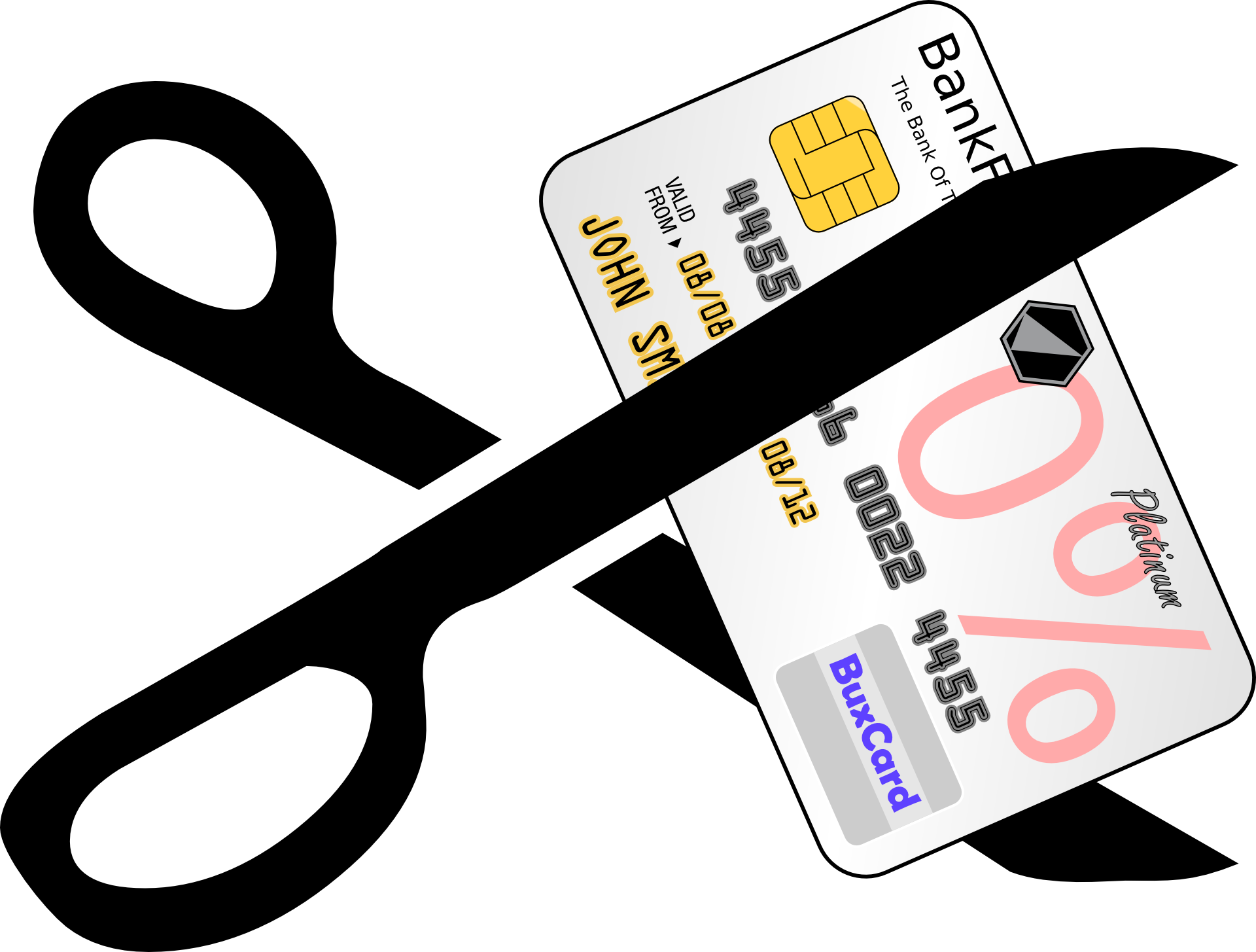According to reports, the average American has up to four credit cards.
Juggling multiple cards can easily cause one to max out one’s limits. Which is why it’s not surprising that the average card balance has now hit $6,200.
Do these numbers sound all too familiar? Are you struggling to pay off multiple cards at once? If so, it can feel like an almost impossible task.
However, with the right strategy in place, you can squash your card debt.
The first thing you will need to do is figure out the best way to pay off multiple credit cards.
There are a number of different strategies that people use to eradicate their credit card debt. However, the best way will depend on your individual circumstances. These include your credit score, your average interest on your cards, and more.
Stay with us as we take a look at some of the top proven strategies for clearing debt across multiple credit cards.
Take Your Cards Out of Your Wallet
One of the first strategies for getting out of debt when it comes to credit cards—is to put those cards away.
A popular method is to freeze credit cards in a tub of water in the deep freeze. That way, they can still be used at a push, but waiting for them to thaw will give the holder enough time to think over their decision. This guards against rash purchases and impulse buys.
If however, you don’t want to go to this extreme, you can also simply take your cards out of your wallet. Depending on your personal circumstances, it might be that you need to be able to rely on your card at certain times. One example of this is if you are an independent contractor and use your card to navigate irregular cash flow.
However, just because you may need your cards at strategic times does not mean they need to be accessible for every purchase. Instead, tuck them away in a secure spot, and only use them when strictly necessary.
Prioritize the Card With the Highest APR
Another strategy for getting out of debt from credit cards is to pick a card to prioritize payments on.
Some people opt for a psychological win by either targeting the card with the least or most debt. By paying off the card with the smallest balance you can build psychological momentum.
If you don’t want to go for the low hanging fruit, and would rather head after the biggest and badest debt first, then you can prioritize the card with the highest balance. Paying this off will be a confidence-boosting win.
Besides these two methods, there is another which has nothing to do with psychology and everything to do with saving money.
Does one of your credit cards have a higher APR than the others? If so, this is probably the one you should target, regardless of its balance. By eliminating the most expensive debt first, you will be saving yourself money in interest. These savings you can then put towards your card balance, which will speed up the time it takes for full repayment.
Look Into Balance Transfer Cards
Keeping track of multiple credit card payments can be tricky. One way to simplify your card debt is to consolidate it through a zero balance transfer card.
Besides making your debt easier to manage, this strategy will also allow you to enjoy an interest-free period on it. the advantage of this is you’ll have a chance to pay down the debt while not having to keep up with interest payments as well.
In brief, zero balance transfer cards allow you to transfer your existing card balances for a fee. These cards typically allow you an interest-free grace period of between 12-24 months.
The drawback to this is, of course, the transfer fee. Also, to take advantage of the savings you’ll achieve during the zero-interest period—you should try to pay the debt off in full before it ends. Once the interest-free period is up, you will typically pay regular credit card interest rates.
Another thing to be aware of with zero balance transfer cards is their impact on your credit score. One of the influencing credit score factors is your credit utilization rate. If you close your existing cards, this will may reduce your available credit.
In turn, this can alter your credit utilization rate. However, if you keep your existing cards open, having an additional balance transfer card can actually decrease your credit utilization, which is good for your credit score.
Something else that can affect your credit score when doing credit card debt consolidation with a balance transfer card is hard checks into your credit score. However, you can minimize this by choosing only one balance transfer card and doing your research beforehand.
What’s more, the short term impact a credit check may have will be canceled out if you maintain regular payments on your new credit balance.
Consider Consolidation With a Personal Loan
Another way you can implement credit card debt consolidation is through a personal loan.
Personal loans have some of the most reasonable rates of interest. Most personal loans don’t offer an initial interest-free grace period. However, they also won’t have higher rates of interest kicking at a point in the future.
If you do not think that you will be able to pay off your total card debt in the zero-interest period offered by a balance transfer card, a personal loan may be a good idea.
If you can secure a reasonable rate of interest, you can effectively use the loan amounts to pay all your card debt. After that, you will be left with one monthly payment on your loan, typically at a reduced rate of interest.
Look Into Debt Resolutions Options
If your credit card debt has grown to the point where you can’t see how you can manage to pay it off, even with the above methods, you can also look into debt resolution options.
Debt resolution companies work with your creditors on your behalf to get forgiveness of your balances with your creditors. They are often able to get creditors to agree to forgive as much as 50% of your balances.
During the debt resolution process, you will typically cease payments to your creditors, in this case, the credit card providers. The monthly instalments you would have paid to your credit card providers instead goes into an FDIC insured dedicated account that you control but is managed by the debt resolution company. Once you have paid in enough to your dedicated account the debt resolution company will use those funds to pay off your credit card balances in full and for less than the balance owed.
Which Is the Best Way to Pay off Multiple Credit Cards for You?
All of the strategies listed above can be effective at squashing card debt. However, the best way to pay off multiple credit cards will depend on you.
If your card debt is minimal, you might be best off just locking away the cards and whittling down the debt. However, for large debts, a debt consolidation option like a personal loan or a balance transfer card could help you put money towards your debt by saving you interest.
Interested in looking at balance transfer cards and personal loan options? Don’t have the time to scour the internet for these financial products? If so, you’re in the right place.
Our job is making it easier for you to compare the best credit offers available. Simply type your details into our online form, and we will match you with the best offers, all competing for your business.
What’s more, no hard credit checks. You can compare your options without impacting your credit score. If you have any questions, contact us and we will be happy to help.




